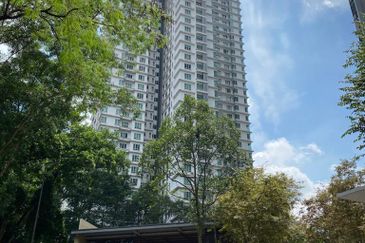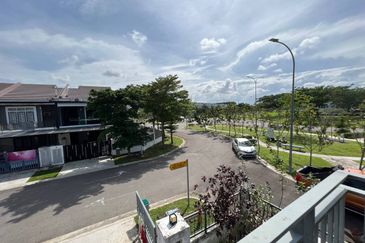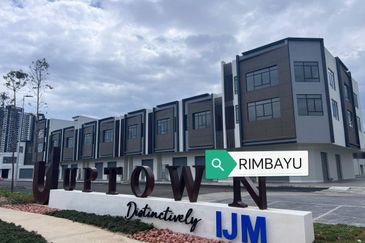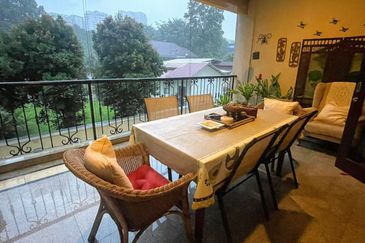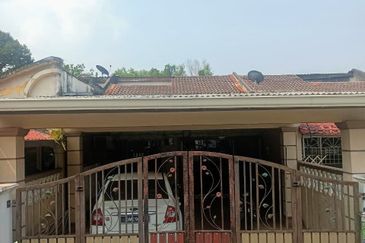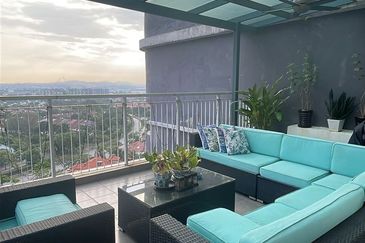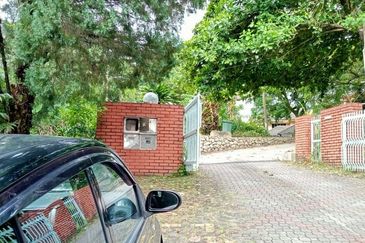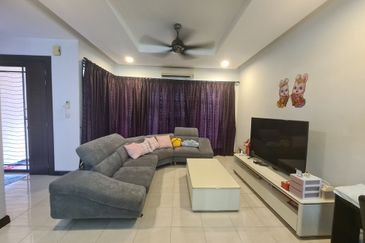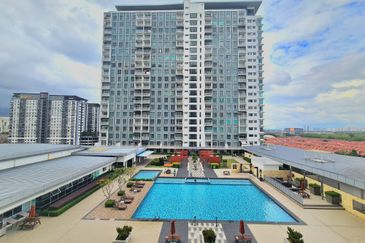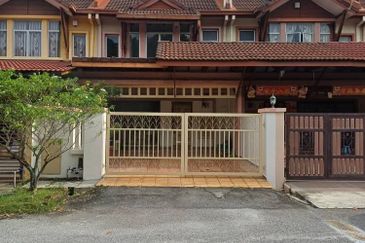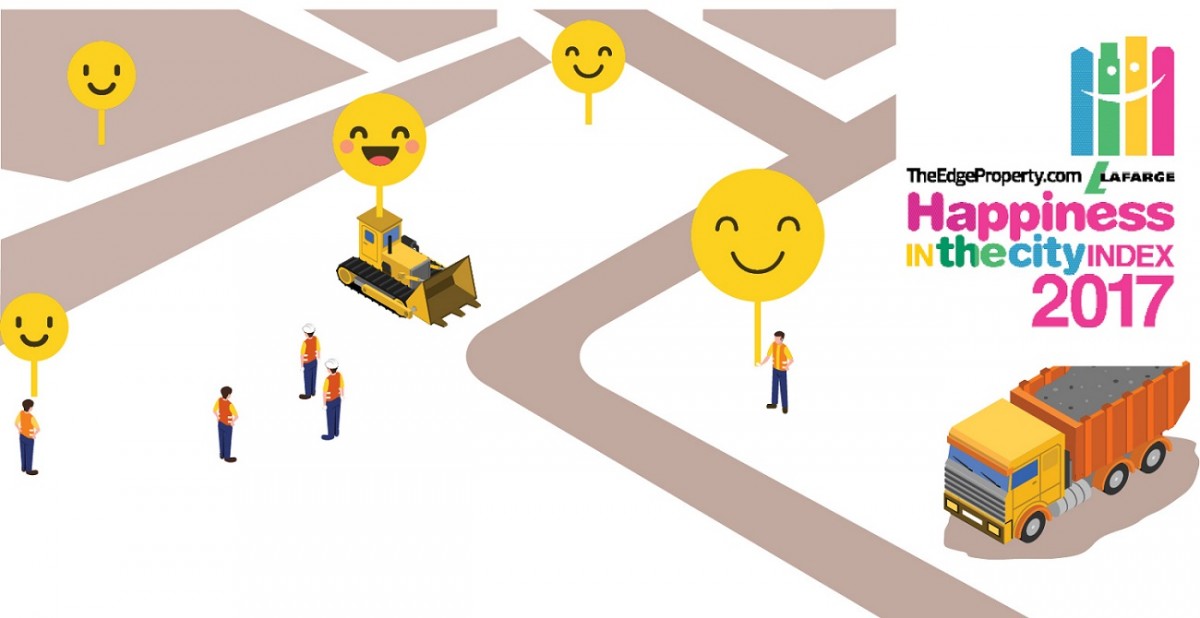
The field that you used to play football in is now fenced up for a property development. The normal two-lane road that leads to your house has been widened to six to ease traffic flow. And the once-quiet neighbourhood that you live in is now filled with the din of construction from the latest public transport infrastructure project. Are you happy with what is happening? Happy or not, it is time to accept the fact that the place you call home is actively undergoing urbanisation.
Take TheEdgeProperty.com-Lafarge Happiness in the City Index 2017 survey at http://go.theedgeproperty.com.my/happiness.
“While urbanisation may create some negative impact, such as higher living cost and housing prices, we cannot deny that rapid urbanisation offers a lot of opportunities in terms of jobs and economic growth, and it can unlock potentials for future growth of a place,” Master Builders Association Malaysia (MBAM) secretary-general Dennis Tan tells TheEdgeProperty.com.
“Even in a concrete jungle like Kuala Lumpur, many happy families have been formed and continue to be formed. It has been proven that urbanisation is not the reason for a not-that-happy city,” he adds.
Tan believes urbanisation is a norm in any city and if done in a proper way, it is meant to build a competitive, clean, safe and happy city.
“The balance of development with the natural environment is crucial in the urbanisation of a place. In my opinion, a city should have substantial green lungs where people can unwind and take a breather from a busy city life,” he shares.
Real Estate and Housing Developers’ Association Youth Malaysia (REHDA Youth) chairperson Carrie Fong shares the same sentiment. She cites an example in Seoul, the capital of South Korea, where an urban design project called the Cheonggyecheon project was undertaken to transform a seedy industrial area into a green public space.
“I believe a happy city comes from a good balance of people’s needs. People are provided with what they need to live, earn a living, interact with others, raise a family and be a community. We often think that we have to move to the suburbs to raise a family or to have wholesome living. However, within the heart of a city, it is possible for property developers to also provide for all these. Of course, there is a difference in terms of space and population density,” Fong adds.
There are a lot of factors that come together for people to live happily in the heart of a city. One of them is the transportation system.
“A bad city mass-transportation plan not only wastes time and resources, it also puts everyone in a bad mood,” she says.
Overall, Fong is happy with Malaysia’s roads and highway connectivity, as the network allows citizens to drive to the north and south of Peninsular Malaysia. However, continuous improvements to the public transportation system is necessary, especially the connectivity within the “work-live” radius.
“The faster you can reach your destination, the more productive you will be. The rise of the Uber and Grab method of transportation, as we could see, has been much welcomed. This is actually the carpool idea which has been mooted many times before but never with any success. Seems like everyone just needed the right incentive,” she says.
Fong also believes that urbanisation has to be done with a conscious effort to ensure that the infrastructure is kept up to pace. Without proper planning, city living will be in disarray.
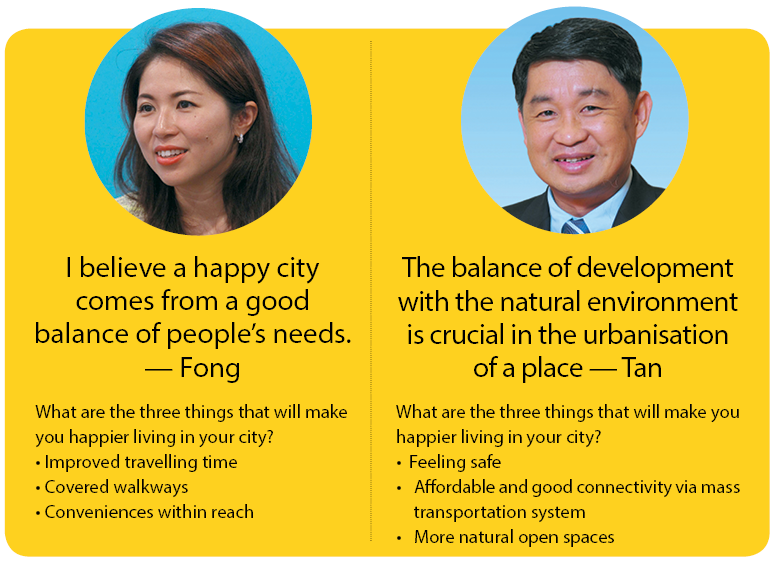
Happy home, happy city
As a property developer, Fong believes a good development masterplan plays an important role in urbanisation, as it can enhance the liveability of an area.
“A developer’s role is to ensure that they create spaces that balance out the whole live-work-play ideology, should the land size allow for it. We can take the effort to understand our target market and consider putting in facilities that not only cater for that age group, but also for the elderly,” she notes.
She adds that it all lies in the details of a project. For instance, to create a peaceful home within a busy city, a developer may need to consider the acoustics of a home it is building to reduce traffic noise from outside. The developer can also use landscaping to create a comforting and safe area, spread out the facilities across different floors to prevent overcrowding and maintain privacy, and even the lighting can be chosen to provide a relaxing or soothing environment for a resident when he or she returns home.
“Sustainable designs are also becoming essential these days for any building. It eases the energy consumption of the building over time, reducing utility costs from lighting and air-conditioning. By taking into consideration the alignment of the building, it maximises natural sunlight and airflow so there’s less reliance on electricity for the interiors of the building,” Fong notes.
For MBAM’s Tan, buildings make up the city, and good and sturdy buildings and infrastructure come from good-quality building materials, among other factors.
“In MBAM, we encourage the use of sustainable building materials. In fact, the Malaysian government has been very strict with regards to the quality of building materials used in construction. Our standard of building in terms of quality and safety is fairly high,” Tan shares.
He says the quality required for Green Building Index (GBI) qualified buildings are even higher. To obtain GBI certification, it is necessary that the building materials are also green-certified.
“While everyone knows the benefits of using good-quality building materials to build long-lasting buildings, the challenge lies in the economic aspect of doing so. Financially, it may not be viable for some builders to build the green way,” Tan says.
He urges policymakers to provide more incentives or tax reliefs for green building materials, as well as innovative heavy machineries for construction.
“If we have the platform to use innovative building materials, building methods or machineries, the building could be real ‘green’ from the moment we start construction’ with more energy, time and labour-cost savings, as well as reduced waste production,” Tan says.
Feeling safe is key
Another key to being happy in the city, Tan says, is safety. “Personally, I will be happy if I could feel safe in the town I grow up in, even if it is undergoing massive infrastructure and property developments.” And he is not talking about crime; as a builder in the construction industry, “if I can walk on the streets without worrying whether any construction debris or parts from a bridge or building would fall or collapse on me, I would be happy”.
“It is a chain effect. If we are building with good materials and methods, there will be less accidents on site, so people do not feel indirectly threatened by urbanisation and will learn to embrace the change,” Tan concludes.
This story first appeared in TheEdgeProperty.com pullout on May 5, 2017. Download TheEdgeProperty.com pullout here for free.
TOP PICKS BY EDGEPROP
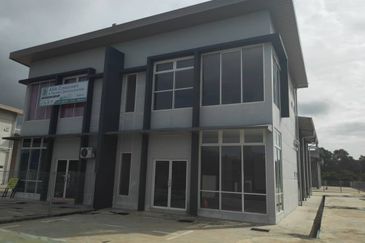
Pusat Perindustrian Sepanggar
Kota Kinabalu, Sabah

Senna Residence Presint 12
Putrajaya, Putrajaya
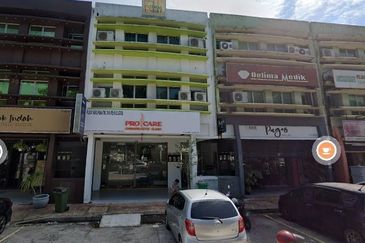
JALAN PJU 1A/3 TAIPAN DAMANSARA 2
Petaling Jaya, Selangor
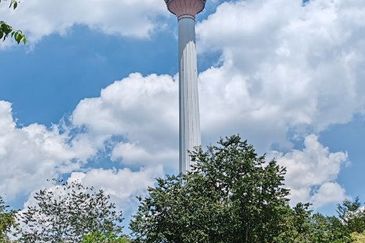
Suasana Bukit Ceylon
Bukit Bintang, Kuala Lumpur
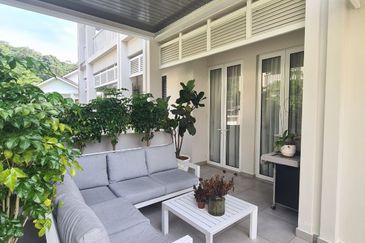
Villa Serene Kiara
Desa Sri Hartamas, Kuala Lumpur
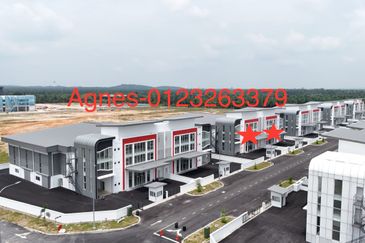
Suria Industrial Park (SIP)
Sepang, Selangor



